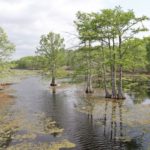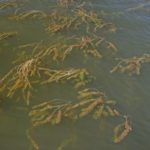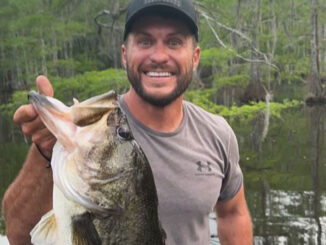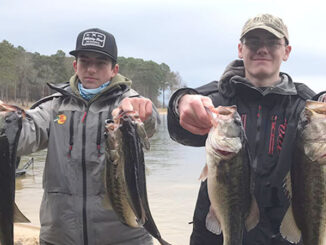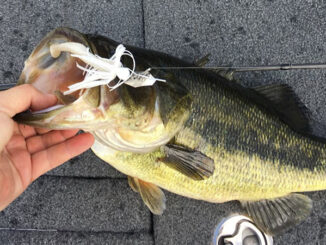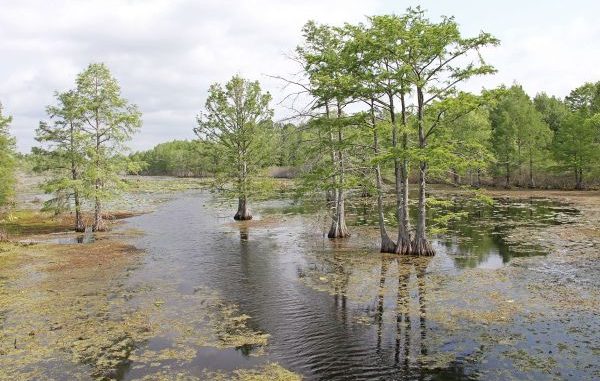
Bassmaster Elite Series pro Cliff Crochet described the prespawn zone as those major stopping points bass utilize before heading into their spawning areas. It’s difficult, he said, to define a specific depth because the range varies by location and habitat.
For simplicity, just look for the last line of structure adjacent to the maternity ward, Crochet said.
“I’m looking for the front of the back,” he said. “I’m looking for that last thing before the back of a canal or pocket — the last thing before the spawning grounds.”
In areas like Bayou Black or the Atchafalaya Basin, Crochet targets the back third of likely spawning areas, and looks for what he calls “outside structure” — downed trees, isolated stumps, etc.
On Toledo Bend, he’ll look for grass points heading into a spawning area.
“That doesn’t have to be in deep water; it can still be shallow,” Crochet said. “It can all be 2 feet deep.
“But if it’s the last piece of cover, it’s the same deal.”
Across the board, grass beds will always be safe bets for prespawn staging. Any random wood scattered throughout vegetation only serves to enhance the appeal, but the grass alone is sufficiently attractive to these ripening female bass because of the shelter, shade and feeding opportunities provided.
An outer grass line bordering a spawning pocket could be chock full of bass, but EverStart pro Phil Marks prefers a targeted approach over scatter shooting.
“The first thing is to find grass, but the second thing is to find the right grass,” Marks said. “I don’t want to be way back in a pocket and I don’t want to be on some old river channel type of stuff.
“I want to be on those big, main-lake or creek-mouth flats. Then I go looking for drains, corners and isolated clumps of grass.”
When pondering his bait selection, Crochet gives habitat first consideration. The Rat-L-Trap remains his preference, but it generally comes down to what the environment allows.
“If there’s (sparse) grass, I’ll start with the Trap and pick up all those aggressive fish,” he said. “If there’s a lot of grass, I’m going with a swimbait and swim jig. (Choosing between the latter two baits) kind of depends on the fish — which one they want to bite better.”
Despite the overriding theme of food-centered aggression, there are times, when the fish just get weird. They might follow baits without committing, or they might just bite and miss.
Faircloth said it’s wise to keep a follow-up bait handy. For him, a Texas-rigged soft plastic stick bait like the Strike King Ocho with a light bullet weight makes a handy second-chance offering that’ll quickly drop down to an interested fish or swim easily through that nice prespawn grass.
